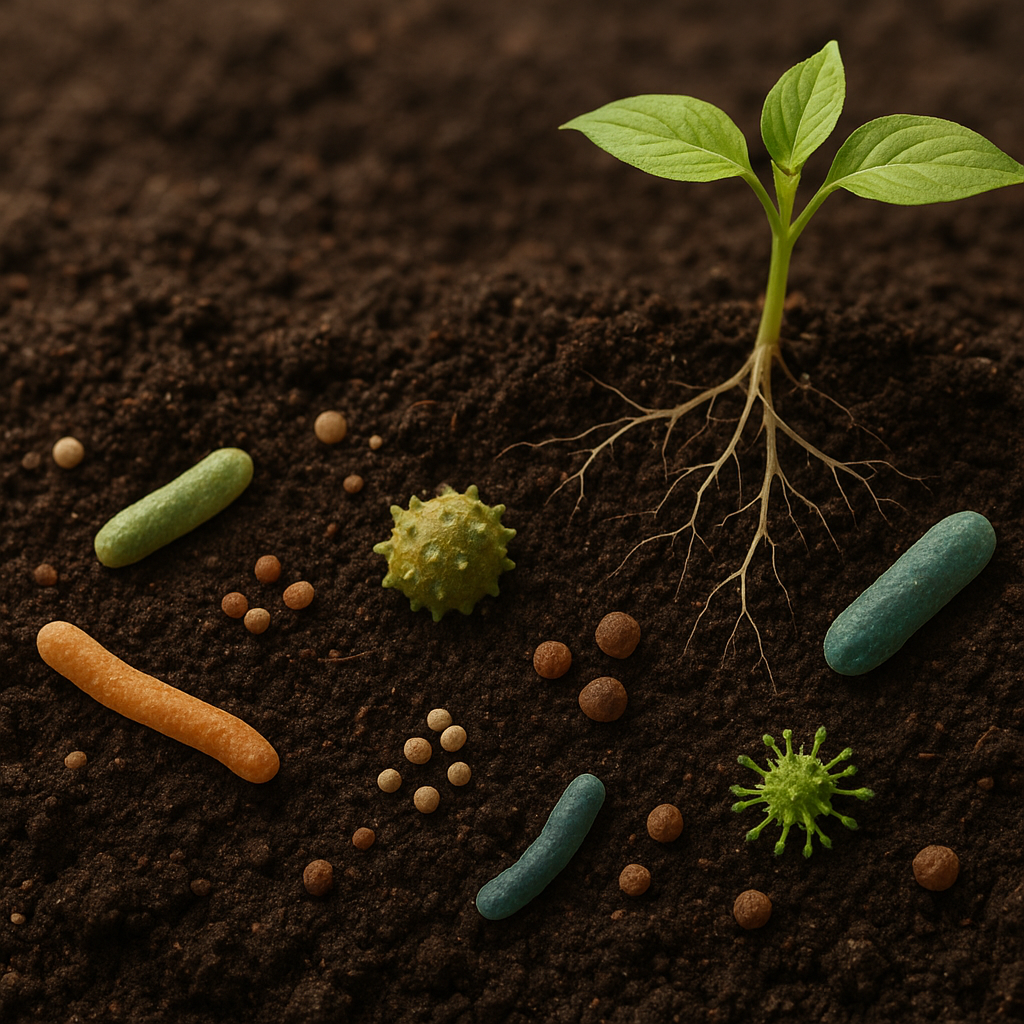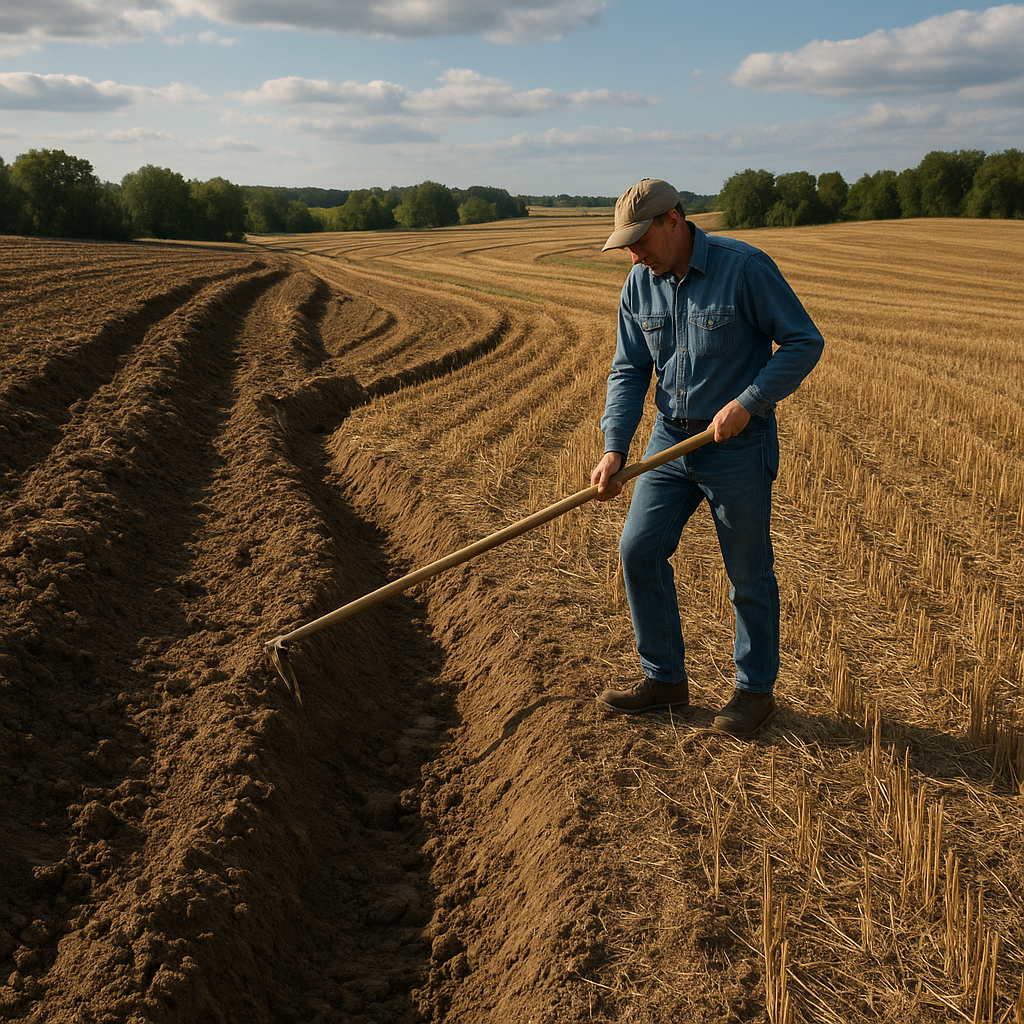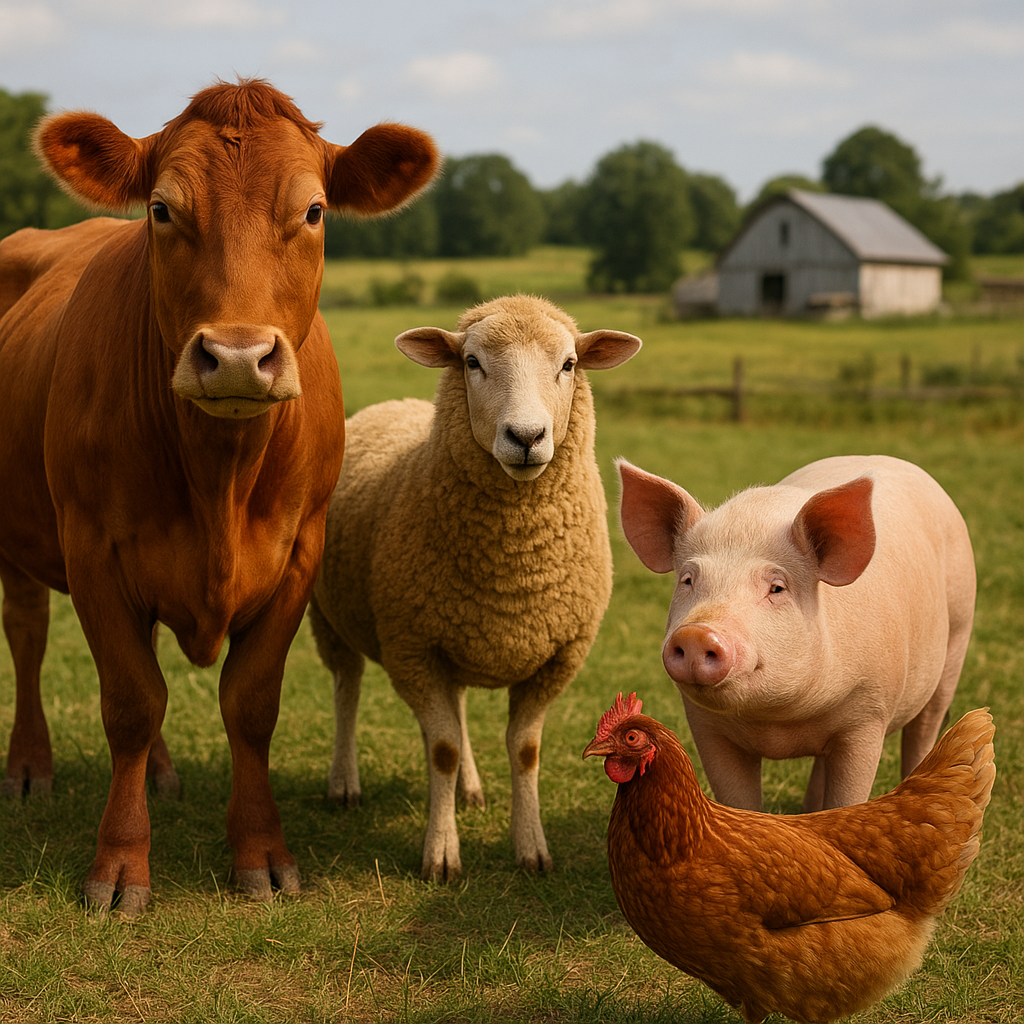The impact of monoculture farming on ecosystems is a critical topic that has garnered increasing attention in recent years. Monoculture, the agricultural practice of growing a single crop species over a wide area for consecutive seasons, has become a dominant method in modern agriculture. While it offers certain economic advantages, such as increased efficiency and higher yields, the ecological consequences of this practice can be profound and far-reaching. This article explores the various impacts of monoculture farming on ecosystems, examining both the benefits and the drawbacks, as well as potential alternatives that could lead to more sustainable agricultural practices.
Understanding Monoculture Farming
Monoculture farming is characterized by the cultivation of a single crop variety in a given area. This practice is often employed for its economic benefits, including simplified planting and harvesting processes, reduced labor costs, and the ability to maximize yields through specialized farming techniques. Common examples of monoculture crops include corn, soybeans, and wheat, which dominate agricultural landscapes in many parts of the world.
One of the primary reasons for the widespread adoption of monoculture is the demand for high productivity to meet the needs of a growing global population. Farmers often turn to monoculture as a means to achieve economies of scale, allowing them to produce large quantities of food at lower costs. However, this approach can lead to significant ecological imbalances, which can have long-term consequences for both the environment and agricultural sustainability.
Benefits of Monoculture Farming
Despite its drawbacks, monoculture farming does offer several benefits that contribute to its popularity among farmers:
- Increased Efficiency: Monoculture allows farmers to streamline their operations, as they can use the same equipment and techniques for planting, maintaining, and harvesting a single crop. This efficiency can lead to lower production costs and higher profit margins.
- Higher Yields: By focusing on a single crop, farmers can optimize their practices for that specific species, often resulting in higher yields compared to polyculture systems where multiple crops are grown together.
- Simplified Pest and Weed Management: Managing pests and weeds can be more straightforward in monoculture systems, as farmers can apply targeted treatments that are effective for the specific crop being grown.
Ecological Consequences of Monoculture Farming
While monoculture farming presents certain advantages, its ecological consequences are significant and multifaceted. The following sections outline some of the most pressing environmental issues associated with this agricultural practice.
Loss of Biodiversity
One of the most alarming impacts of monoculture farming is the loss of biodiversity. When vast areas are dedicated to a single crop, the natural habitats that support a diverse range of plant and animal species are often destroyed. This loss of habitat can lead to a decline in local wildlife populations, including pollinators, which are essential for the reproduction of many crops.
Furthermore, monoculture can create an environment that is conducive to the spread of pests and diseases. With a lack of genetic diversity within a single crop species, entire fields can be devastated by a single pest or pathogen, leading to increased reliance on chemical pesticides and fertilizers. This not only exacerbates the problem of biodiversity loss but also poses risks to human health and the environment.
Soil Degradation
Monoculture farming can also contribute to soil degradation. Continuous planting of the same crop can deplete specific nutrients from the soil, leading to nutrient imbalances and reduced soil fertility. Over time, this can result in the need for synthetic fertilizers to maintain crop yields, which can further harm soil health and contribute to water pollution through runoff.
Additionally, the lack of crop rotation in monoculture systems can lead to increased soil erosion. Without diverse root systems to anchor the soil, fields are more susceptible to erosion from wind and water, which can degrade the land and reduce its agricultural productivity over time.
Water Resource Depletion
Monoculture farming often requires significant water resources, particularly in regions where irrigation is necessary. The intensive cultivation of a single crop can lead to over-extraction of water from local sources, resulting in depletion of aquifers and reduced water availability for other uses, including drinking water and ecosystem maintenance.
Moreover, the reliance on irrigation can lead to salinization of the soil, particularly in arid regions. As water evaporates, salts are left behind, which can render the soil less productive and further exacerbate the challenges of sustainable farming.
Climate Change Implications
The impact of monoculture farming on climate change is another critical concern. The heavy use of chemical fertilizers and pesticides, along with the fossil fuel consumption associated with large-scale farming operations, contributes to greenhouse gas emissions. Additionally, deforestation for agricultural expansion releases carbon stored in trees and soil, further exacerbating climate change.
Furthermore, monoculture systems are often less resilient to climate variability. A lack of diversity in crops can make agricultural systems more vulnerable to extreme weather events, such as droughts and floods, which can lead to crop failures and food insecurity.
Alternatives to Monoculture Farming
Given the numerous ecological challenges posed by monoculture farming, exploring alternative agricultural practices is essential for promoting sustainability and protecting ecosystems. Several approaches can help mitigate the negative impacts of monoculture while still meeting the demands of food production.
Polyculture and Crop Rotation
Polyculture, the practice of growing multiple crop species in the same area, can enhance biodiversity and improve soil health. By diversifying crops, farmers can create a more resilient agricultural system that is better equipped to withstand pests, diseases, and climate variability. Crop rotation, which involves alternating different crops in a given field over time, can also help replenish soil nutrients and reduce the risk of pest and disease outbreaks.
Agroforestry
Agroforestry combines agriculture and forestry practices to create more sustainable land-use systems. By integrating trees with crops, farmers can enhance biodiversity, improve soil health, and increase carbon sequestration. Agroforestry systems can also provide additional income sources through the production of timber, fruits, and nuts, making them economically viable alternatives to monoculture.
Organic Farming
Organic farming emphasizes the use of natural inputs and practices that promote ecological balance. By avoiding synthetic fertilizers and pesticides, organic farmers can reduce their environmental impact and enhance soil health. Organic farming often incorporates crop rotation, cover cropping, and other sustainable practices that contribute to biodiversity and ecosystem resilience.
Permaculture
Permaculture is a holistic design approach that seeks to create sustainable and self-sufficient agricultural systems. By mimicking natural ecosystems, permaculture promotes biodiversity, soil health, and water conservation. This approach encourages the integration of various plants, animals, and natural processes to create a balanced and productive agricultural environment.
Conclusion
The impact of monoculture farming on ecosystems is a complex issue that requires careful consideration and action. While monoculture offers certain economic advantages, its ecological consequences can be detrimental to biodiversity, soil health, and overall ecosystem resilience. By exploring alternative agricultural practices such as polyculture, agroforestry, organic farming, and permaculture, we can work towards more sustainable food production systems that benefit both farmers and the environment. As the global population continues to grow, finding a balance between agricultural productivity and ecological health will be essential for ensuring a sustainable future.




